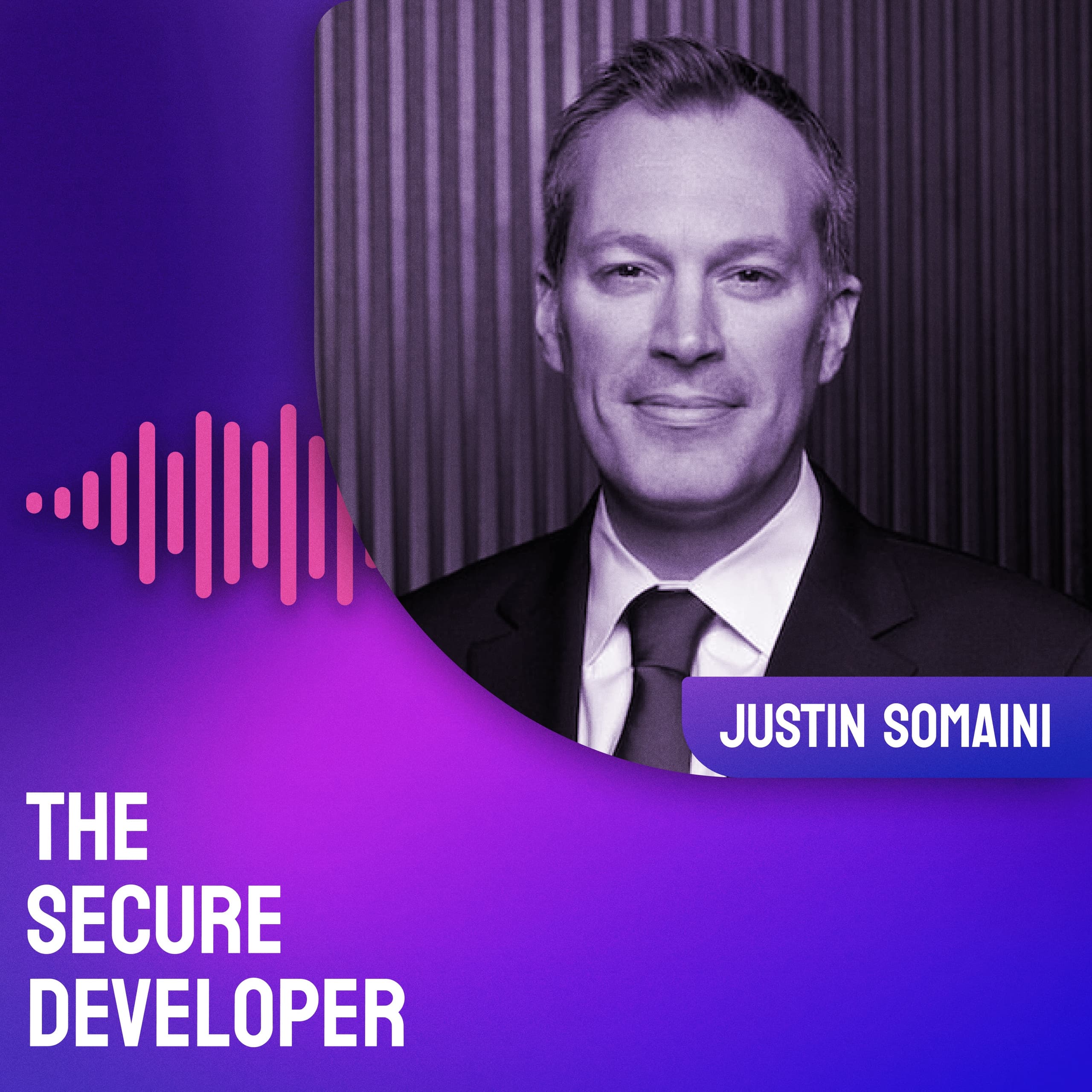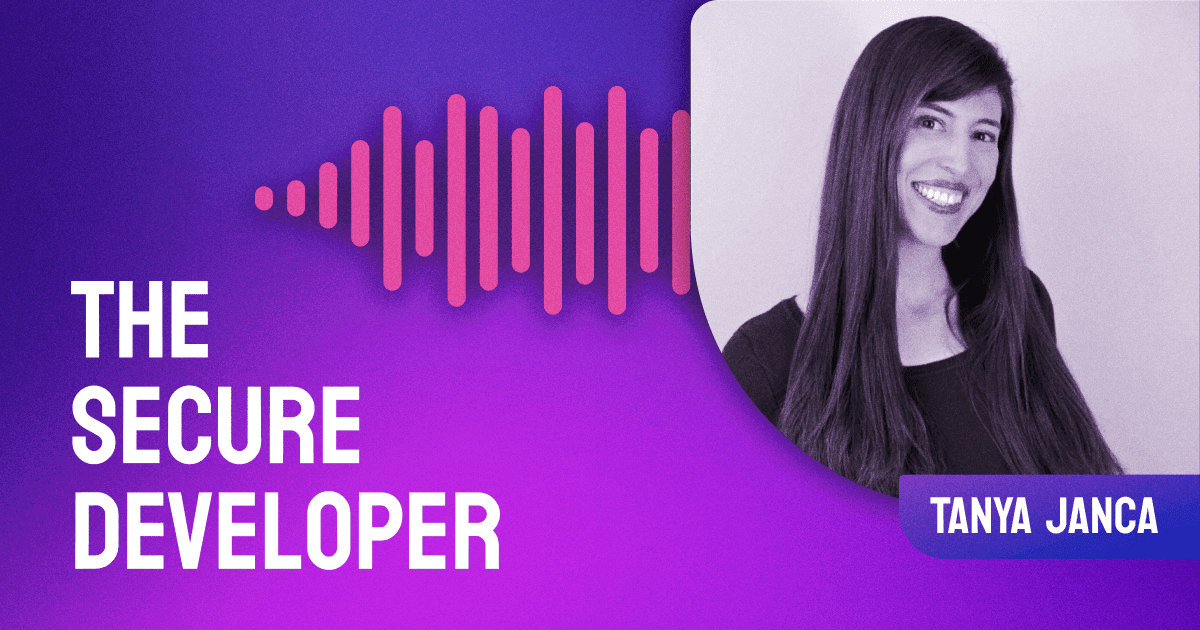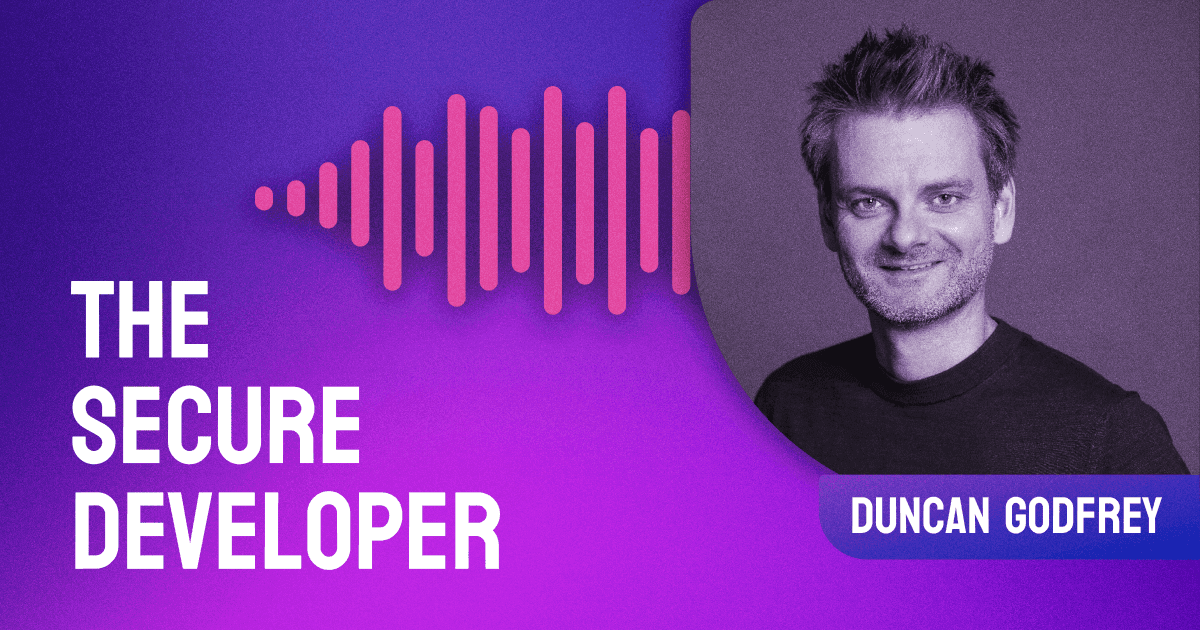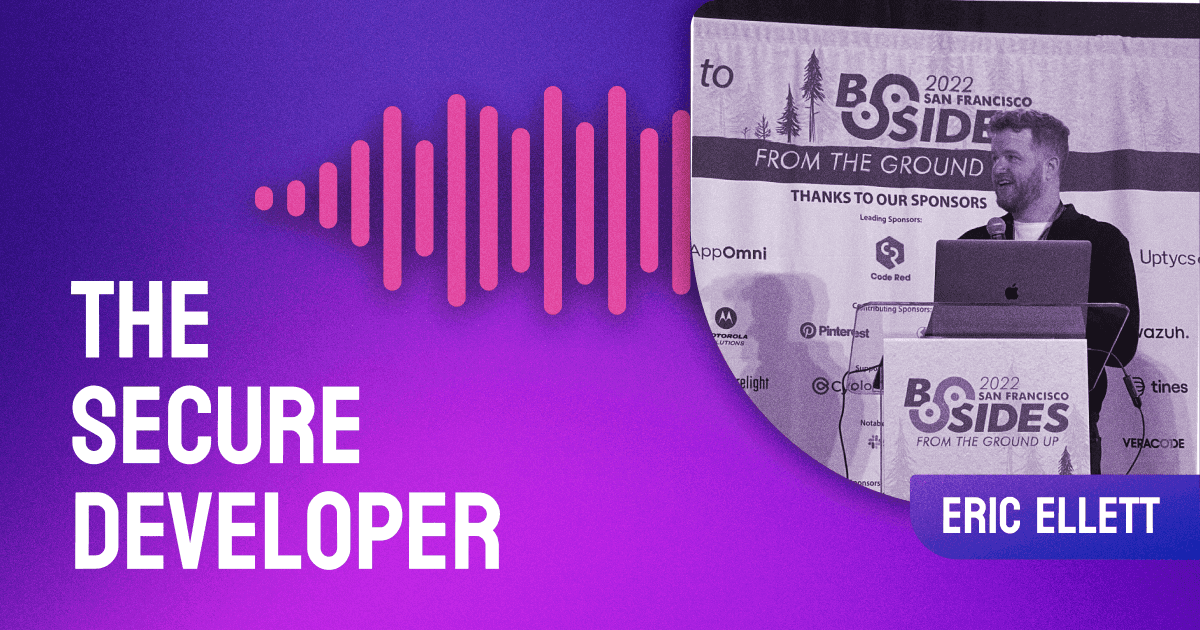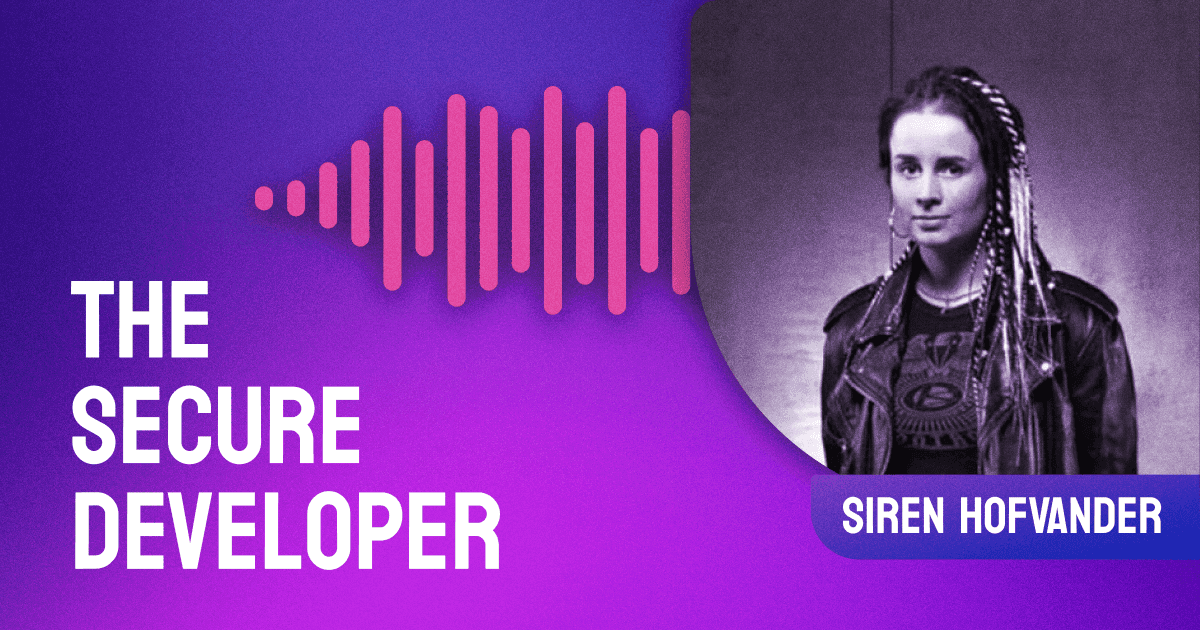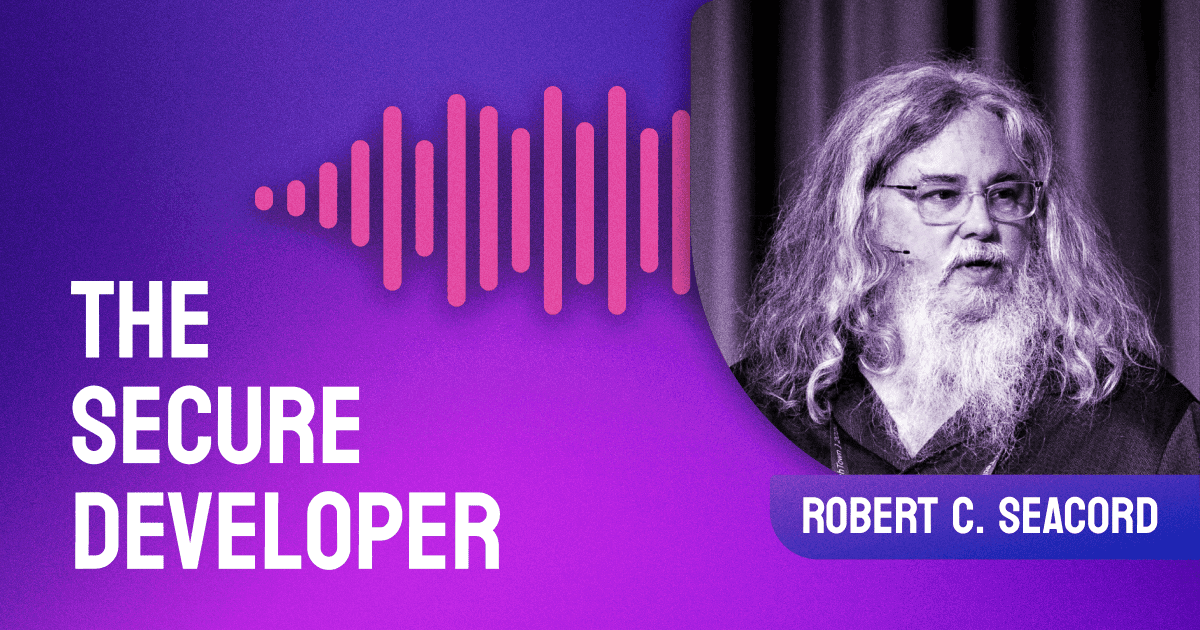In episode 30 of The Secure Developer, Guy speaks with Justin Somaini, a security industry leader and Founder of Somaini LLC. They discuss how security theory has changed over the past 25 years, and how AppSec can be improved by educating the developer community.
The post Ep. #30, Improving Security Culture with Justin Somaini appeared first on Heavybit.
